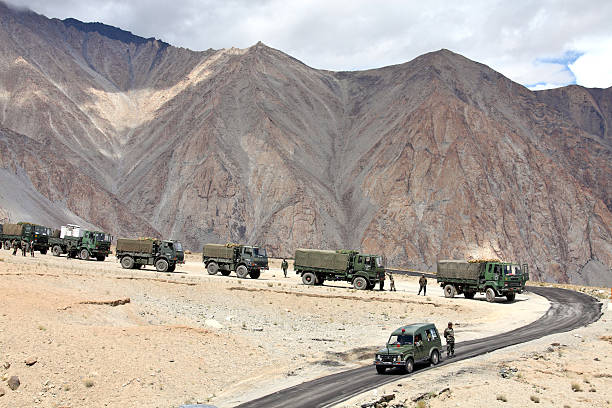The military roads in county Wicklow

Over the 18th Century, County Wicklow was a popular tourist destination for Dublin’s landscape lovers. Day trips to the Powerscourt and Dargle waterfalls, Glendalough, and Sugar-loaf Mountain, Glendalough, became more popular.
Viscount Powerscourt and other county landowners encouraged tourists to visit their beautiful properties and spend time (and money!) in nearby villages like Bray and Enniskerry. Although Wicklow was described in many books and tour guides, it was less extensive than Killarney’s. Killarney was Ireland’s most popular tourist destination at the end of the century. This was partly due to geographical reasons. Compared to Ireland’s other tours, usually built around a group or river (Killarney, Lough Erne), Wicklow’s physical geography allowed tourists to visit distinct and contained valleys, which they couldn’t easily accessible from other destinations.
This same unyielding geography was a concern for more than just those looking for a day of fun and relaxation after the rebellion of the United Irishmen of 1798. The three east-west roads of Wicklow had no north-south connection, which had made it possible for the United Irishmen to retreat to the mountains. The county’s valleys, bogs, and mountains became the home of mythic rebels like Michael Dwyer and Joseph Holt. British officials were also concerned about the overhanging Wicklow mountains’ proximity to Dublin. In February 1800, Wicklow’s landed gentry submitted a “Reason for making a new Military Road in County Wicklow” to Major Cornwallis. In February 1800, Wicklow’s landed gentry submitted a ‘Reason for making the new Military Road in the County of Wicklow’ to His Excellency Major Cornwallis.
The Government immediately instructed Alexander Taylor, a military engineer, surveyor, and cartographer, to ‘examine and reconnoiter’ the ground. Alexander was also a cartographer and surveyor, and his brother George was also a cartographer. Alexander collaborated with Andrew Skinner and Taylor on their book Maps of the roads in Ireland.
The military road construction began on August 1801 and continued through 1809. On 22 August 1801, Taylor wrote about the road’s “considerable advantage” in civilizing and improving the country. He also described how the barracks along the route would aid law enforcement. He believed that good roads were the most significant and most helpful improvement the country could see. Therefore, he created his maps and surveys.
The road was modeled on the military streets of Scotland and constructed by soldiers and engineers from Scotland. It demonstrated high loyalty and expertise in a hostile Irish environment. The Duke of York’s Highland Fencibles were described as “a strong race of loyal mountaineers” that helped to improve the country’s appearance and strengthen the ‘hands’ of Government. The Bog Commissioner Richard Griffith, a Bog Commissioner in the 1930s, found the military road to be ‘wonderfully straight and level’ despite the limitations of Wicklow’s geography.
Major Cornwallis, 3rd Earl Hardwicke, was replaced by Philip Yorke in March 1801. Yorke was an expert in scenic tourism. Yorke was well-versed in picturesque tourism. He had visited Ireland extensively with Charles in 1781. They traveled southwards to Dublin, stopping to see the Boyne Obelisk. He called it a ‘wonderful production of Nature.’ In 1801 Philip Yorke returned home to Ireland to resume his challenging duties as Lord Lieutenant following the 1798 rebellion. He continued to assess Ireland’s military shortcomings while also appreciating its landscapes.










